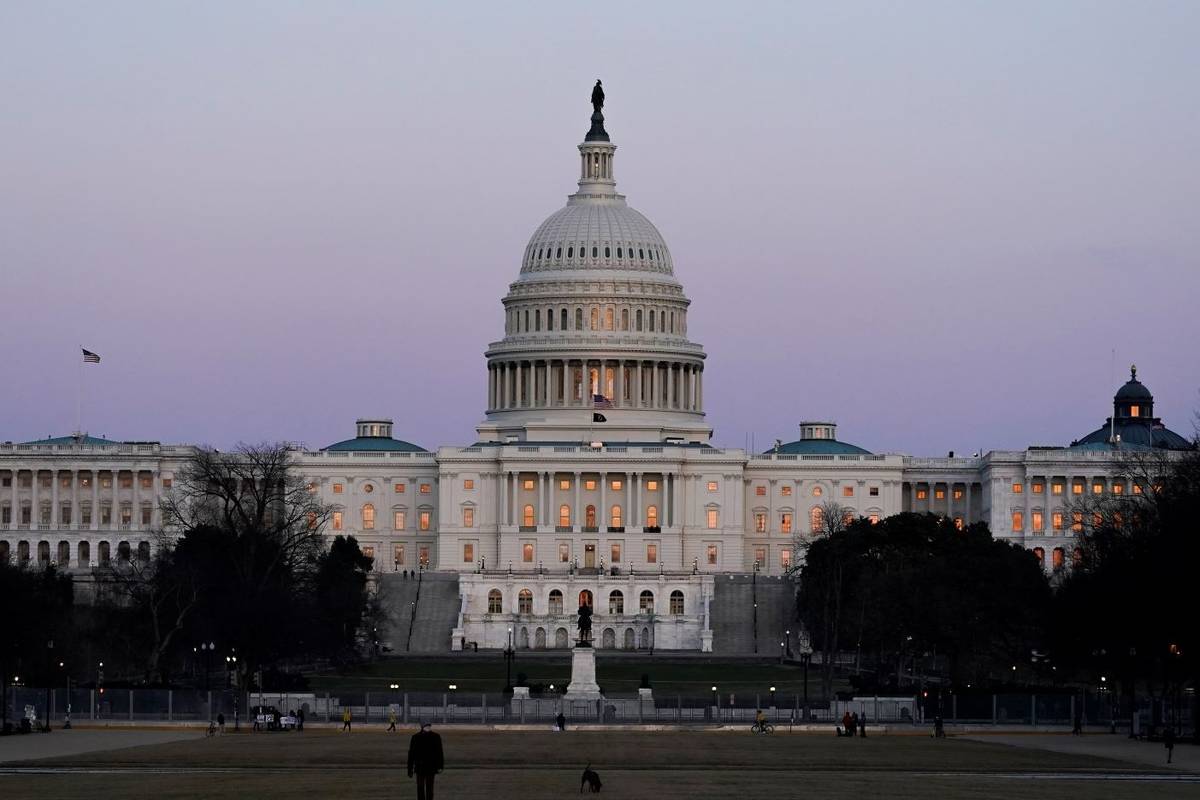Here’s how the expanded child tax credit payments work
The Biden administration is beginning to distribute expanded child tax credit payments, giving parents on average $423 this month, with payments continuing through the end of the year.
President Joe Biden increased the size of the tax credit as part of his $1.9 trillion coronavirus relief package, as well as making it fully available to families without any tax obligations. The benefit is set to expire after a year, but Biden is pushing for it to be extended through 2025 and ultimately made permanent.
A closer look at how the payments work and who can receive them:
How big are the credits?
The credit is $3,600 annually for children under age 6 and $3,000 for children ages 6 to 17. But six months of payments will be advanced on a monthly basis through the end of the year. This means eligible families will receive $300 monthly for each child under 6 and $250 per child older than that.
This is a change from last year, when the credit totaled $2,000 per child. Families who did not owe the government income taxes were also unable to claim the credit, a restriction that Biden and Congress lifted.
Are there limits on who can qualify?
The payments begin to phase out at incomes of $75,000 for individuals, $112,500 for heads of household and $150,000 for married couples. Higher-income families with incomes of $200,000 for individuals and $400,000 for married couples can still receive the previous $2,000 credit.
How can you apply?
If you filed taxes and the IRS already has your bank account information, the payments should be deposited directly into your account on the 15th of each month. The Treasury Department estimates that 35.2 million families will receive payments in July. But even if you haven’t filed taxes in 2019 or 2020, you might still be eligible for the credit and can apply here: https://www.irs.gov/credits-deductions/child-tax-credit-non-filer-sign-up-tool.
Why are the payments monthly?
Advocates say the monthly payments can help smooth out an impoverished family’s income, making it easier for them to budget and less dependent on high-interest lenders.
Can the monthly payments be stopped?
Yes. Some people are used to the child tax credit enabling them to get a refund on their taxes. They might not want the monthly advance and about 1 million people have opted out, according to administration officials. People can unenroll here: https://www.irs.gov/credits-deductions/child-tax-credit-update-portal.
RELATED
Nevada families to get child care tax credits starting Thursday

















